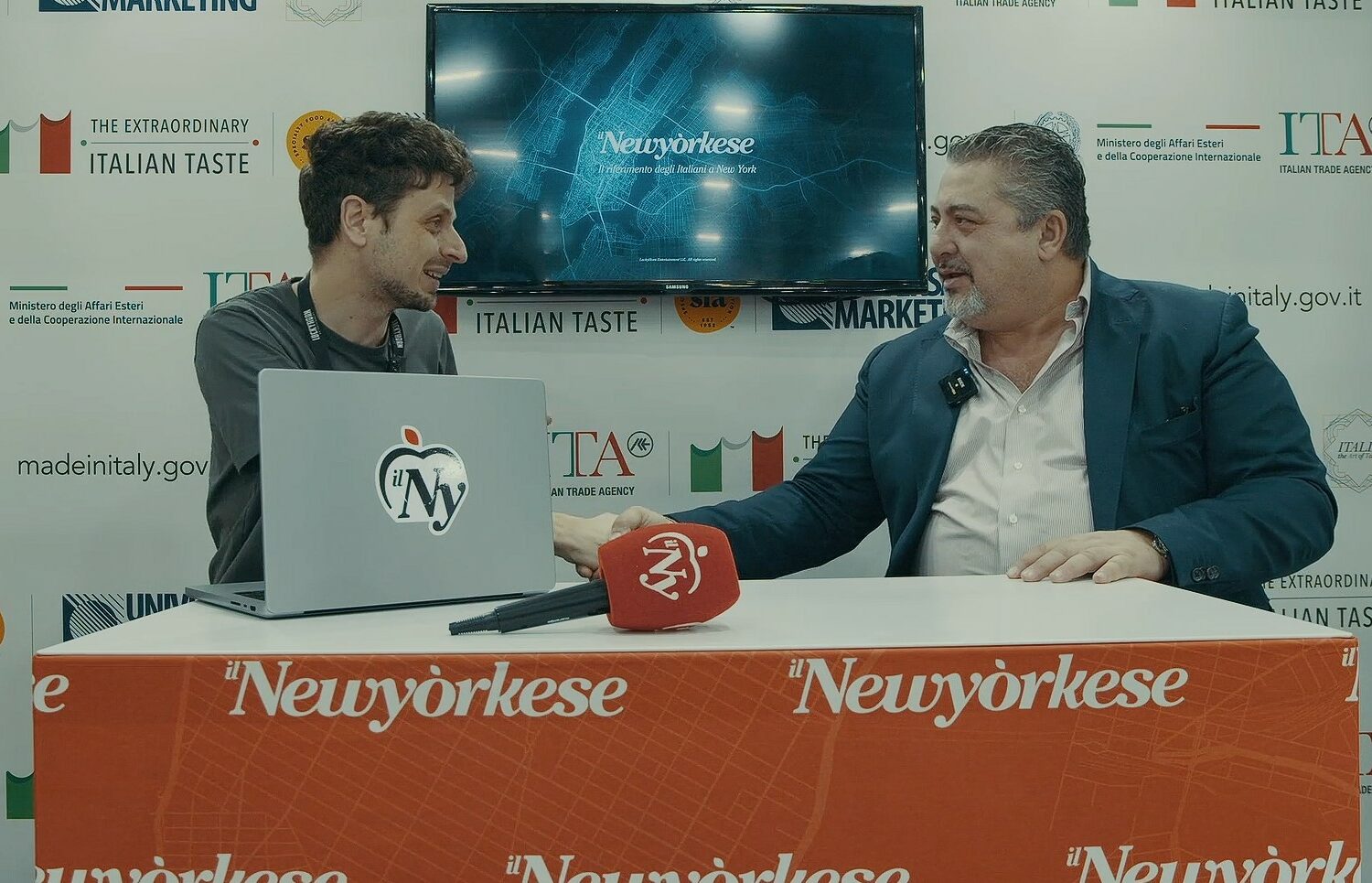In the heart of the Fancy Food Show 2025 in Las Vegas, one of the most prestigious fairs dedicated to the food industry, we had the honor of interviewing Giuseppe Di Martino, a leading figure in the promotion of Italian gastronomic excellence and head of Pastificio Di Martino. During our meeting, Di Martino talked about the challenges and opportunities related to exporting Italian products to the United States, stressing the importance of quality and authenticity as keys to the international success of Made in Italy.
For how many generations has the Di Martino company existed?
Three generations. My grandfather started it: he was a worker in the company, and its owner, who had three daughters, decided to sell it to him. Not having a lira, my grandfather obtained a loan guaranteed by the Bank of Naples. Thus the Pastificio Di Martino was born, starting in 1912.
How many years have you been living permanently in the United States, in New York?
I have been here for five years permanently. I bought a house and New York has become my home. Before, it was always the city that attracted me the most, even though I traveled to more than 60 countries.
How has Italy’s presence at the Fancy Food Show and the perception of Italian products in the United States changed?
Fancy Food Winter is more select than Summer in New York, which used to be the realm of Italian importers in the 1950s and 1960s. Back then, people often spoke in an English mixed with Neapolitan to engage in business relationships. Today everything has changed: supermarket chains import directly and there are multi-ethnic brokers. Fancy Food has become a showcase for excellence. This market rewards those who are committed and show up themselves. Being here shows commitment and builds trust.
Pasta, in Italian-American culture, is often seen as a side dish. How is this perception changing?
Pasta in the United States has always had a life of its own-from the spaghetti with meatballs of Lilli and the Tramp to mac and cheese. Italian-American restaurants have often reinterpreted the idea of Italian cuisine. However, in the last 15-20 years, the new wave of Italians has brought a more modern and orthodox cuisine, with quick cooking, less fat, and more authentic dishes. The younger generation is also rediscovering pasta as part of a balanced diet, thanks to the scratch cookers movement, which during the Covid began researching better ingredients to create interesting fusion dishes.
Let’s talk about the collaborations: Barbie and Dolce&Gabbana. How did they come about?
The collaboration with Dolce&Gabbana is immediate: Stefano and Domenico, customers of our store in Capri, recognized Italian excellence and authenticity in our brand. It was natural to join forces to represent a hyperitalian brand, making high fashion accessible and pop, without losing elegance. The one with Barbie was more articulated. In 2017 I met with a marketing manager from Mattel and proposed the idea of a Barbie Chef of pasta, to bring new generations closer to sustainable and seasonal food. The project evolved through collaboration with chef Massimo Bottura and his Food for Soul association. We trained marginalized single mothers, turning them into pasta chefs, and sold products in supermarkets with a percentage going to the foundation. Success exploded with the movie Barbie, which gave further popularity to the project.
Many thanks to the Italian Trade Agency, the Specialty Food Association and Universal Marketing for hosting us at this prestigious event.
The article Fancy Food Show 2025: the challenges and importance of exporting to the States, with Giuseppe Di Martino comes from TheNewyorker.

